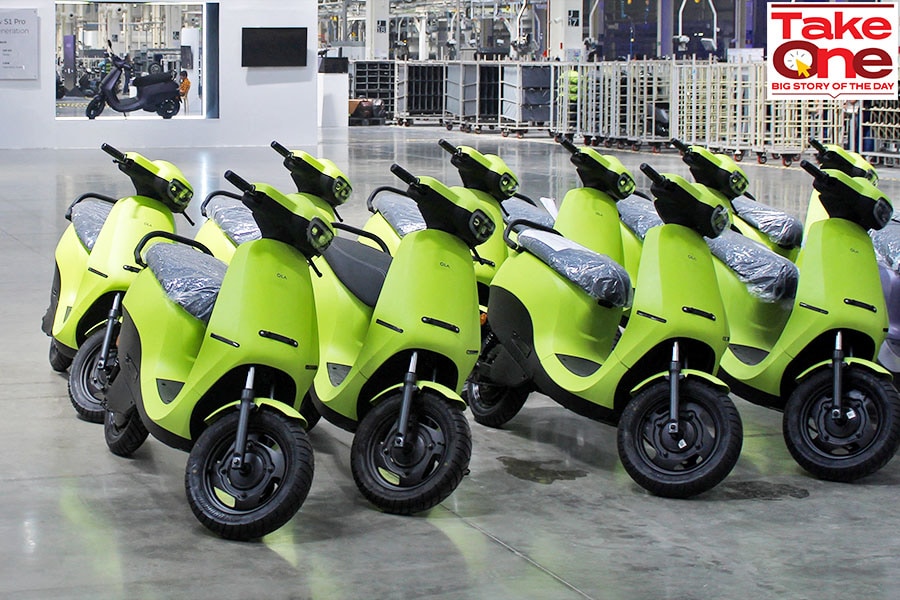
Ola Electric IPO: Bhavish Aggarwal's business has too many risks to ignore
Laden with losses and increasing need of cash for its aggressive expansion plans, Ola Electric's journey to profitability is going to be bumpy and risky
 Ola Electric's S1 Air e-scooters at their manufacturing facility in Pochampalli in Tamil Nadu, India.
Image: VarunVyas Hebbalalu / Reuters
Ola Electric's S1 Air e-scooters at their manufacturing facility in Pochampalli in Tamil Nadu, India.
Image: VarunVyas Hebbalalu / Reuters
It’s not just a reputational risk that brand Ola Electric faces, but also the issues or threats to the business and its ambitious growth plans may be much larger. Being the first to possibly go public as a pure electric vehicle (EV) manufacturer of two wheelers in India, Ola Electric’s draft red herring prospectus (DRHP) spotlights a set of challenges that may be too large to ignore.
Last December, Ola Electric filed its DRHP with markets regulator, the Securities Exchange Board of India (Sebi), to launch its initial public offering (IPO) for stock markets listing. The company is yet to receive Sebi approval for the IPO.
Despite mounting losses, in December, Ola Electric (Ola) remained the market leader by volume and gained market share, reaching 40 percent in EV two-wheeler segment. Ola gained the most market share, followed by Bajaj Auto while TVS Motor lost the most.
“Improvement in Ola’s market share was largely driven by the company’s aggressive marketing campaign ‘December to Remember’, under which it offered aggressive discounts to customers and also reduced prices of its products. Penetration improved the most in Delhi to 19.8 percent from 6.9 percent in November, almost entirely driven by Ola. We continue to see OEMs launching lower-priced models and offering aggressive discounts as a positive catalyst for EV adoption. However, discontinuation of FAME (if happens) could pose a near-term headwind,” says Kumar Rakesh, analyst, BNP Paribas Securities India.
The IPO is a mix of fresh issue of shares and offer-for-sale (OFS) by existing shareholders. The company plans to raise Rs5,500 crore by fresh issue of equity shares while existing shareholders will sell 9.52 crore shares in the OFS.







